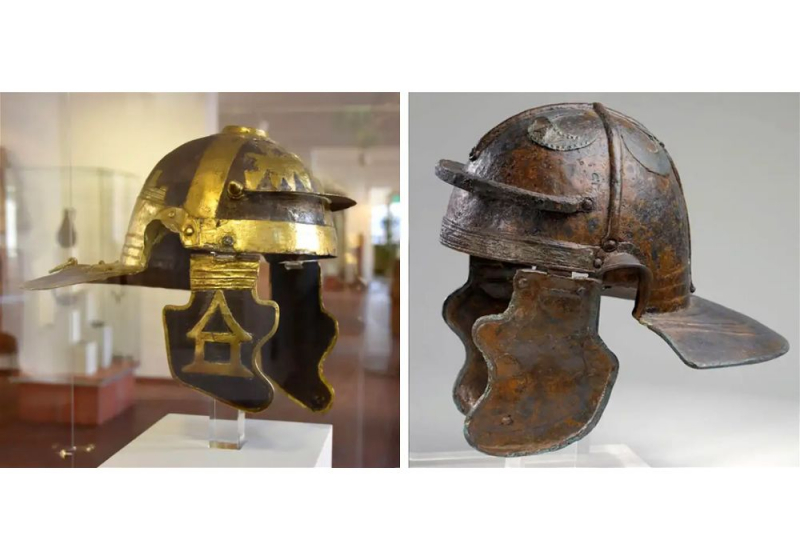Imperial Italic: The Anachronistic One
The Imperial Italic is the name given to the second Imperial form of the Roman helmet because of the pronounced and powerful Italic influences in its style and appearance. These helmets were probably created in Italian workshops that combined elements from Italian and Greco-Etruscan traditions. The Imperial Italic helmet was initially developed during the Late Republic and was in use until the third century BCE, much like the Imperial Gallic Roman helmet. This is one of the famous helmets in Ancient Rome also. The Imperial Italic is typically linked to officers in the Modern Era such as Centurions and the Praetorian Guard. It is unclear, though, whether they were worn as a mark of status or if this was simply a reflection of the soldiers' superior purchasing capacity.
The Imperial Italic and Imperial Gallic styles are fairly similar in terms of overall appearance. However, these helmets also share a number of characteristics with the Greek helmets used in Attica between the fourth and third centuries BCE. The reinforcing peaks, the circular plate twist on crest fastening, the absence of eyebrows, and the throat flanges were the characteristics that distinguished the Imperial Italic Roman helmet. Many surviving examples of this kind were constructed of bronze rather than iron, which is also thought to be more of an Italic tradition than a Celtic one. These antiquated characteristics would suggest that these helmets were primarily intended for show or ceremonial purposes and were not necessarily meant to survive the rigors of combat.











